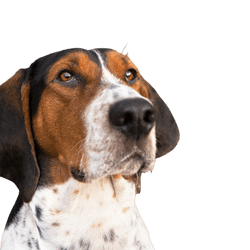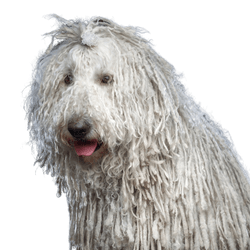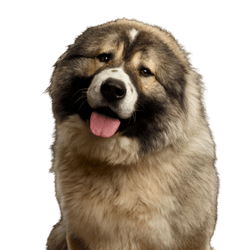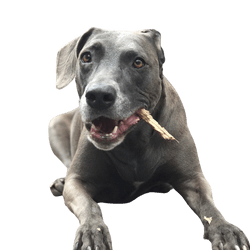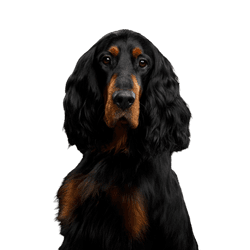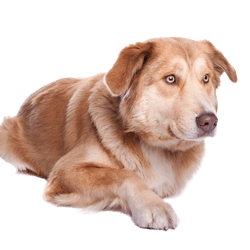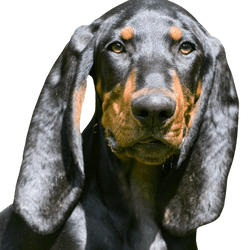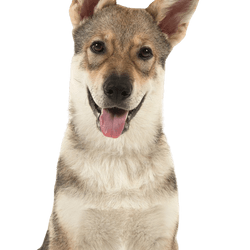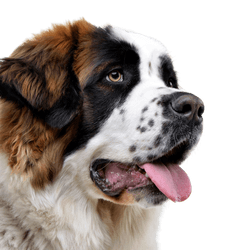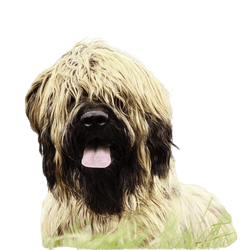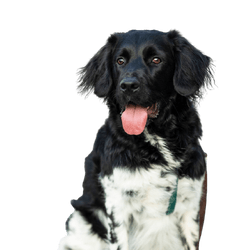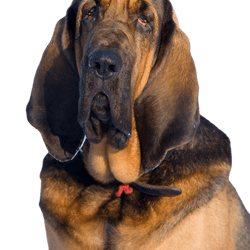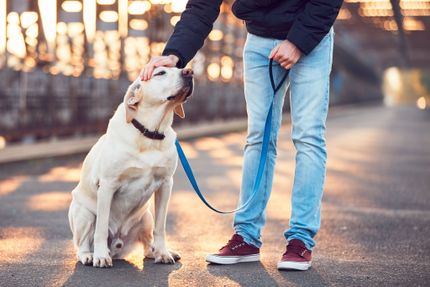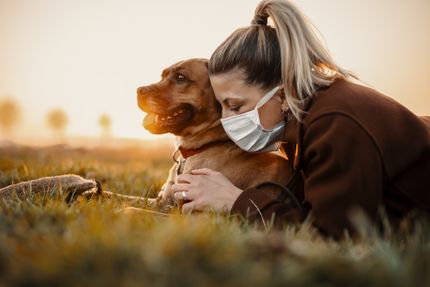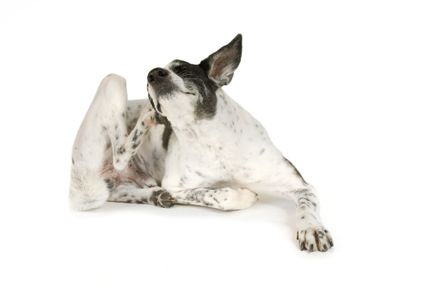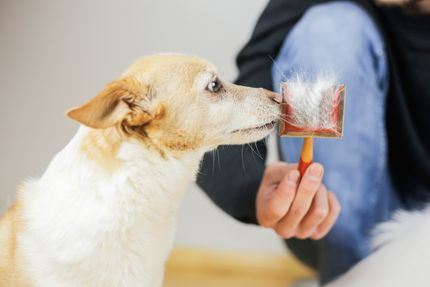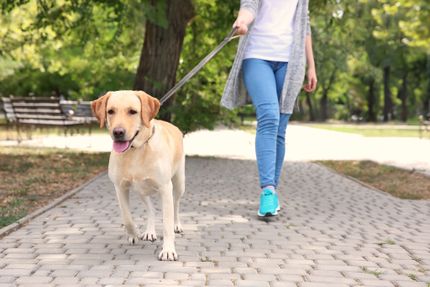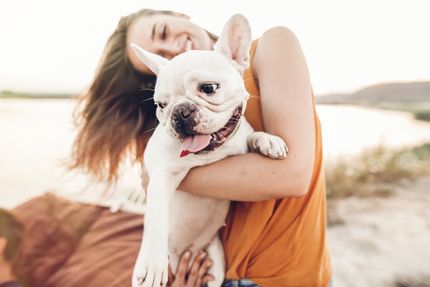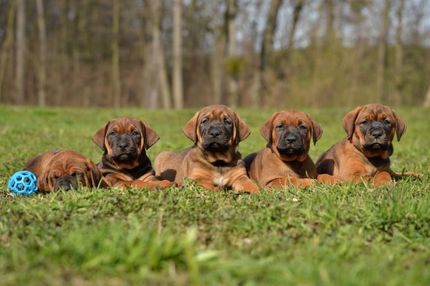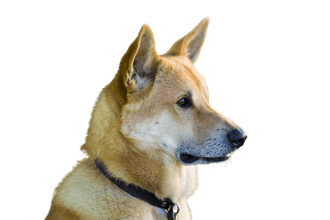
Canaan dog Breed description: Character & Co
Canaan dog
Facts & Origin
Ancestry and origin of the Canaan Dog.
The Canaan Dog originates from Israel. His story begins in 1934 in what was then Palestine. The Austrian cynologist Rudolphina Menzel collected free-living Bedouin dogs there, started a breeding program and created a breed standard, which was officially recognized by the FCI in 1966. Kanaans belonged to the Pariah dogs living exclusively in the wild in the African-Asian region until their domestication in the 1930s.
Breed characteristics and nature
The Canaan Dog (or Israelspitz) is a breed of dog recognized by the FCI. It is classified in FCI Group 5 (Spitz and primitive type dogs), Section 6 (primitive type),
Standard No. 273, without working test.
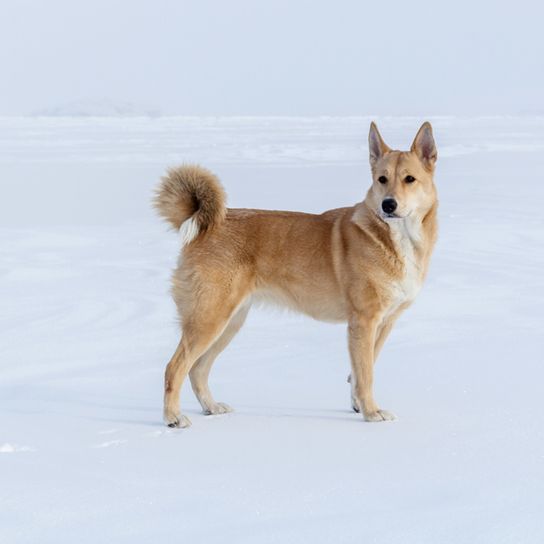
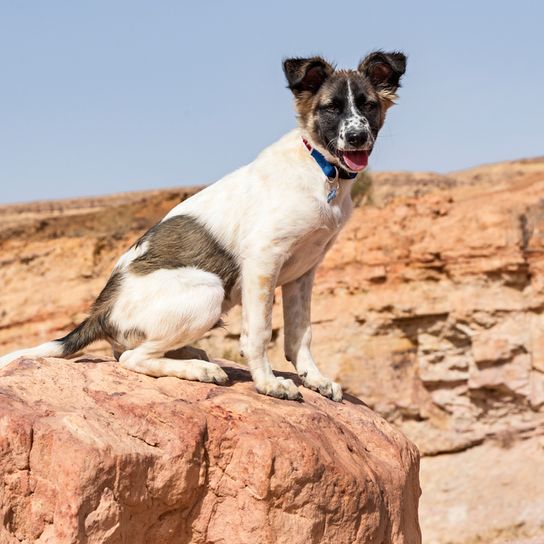
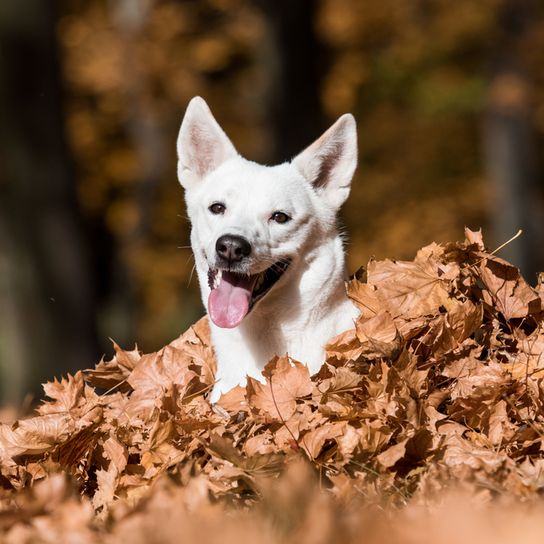
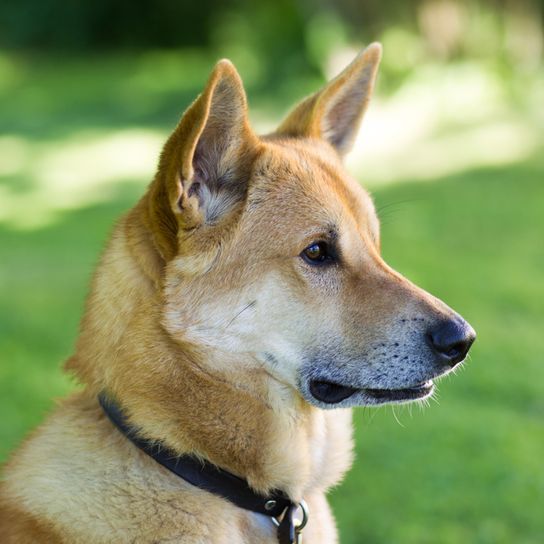
| Alternate Name | Kanaan, Israelspitz |
| Origin | Israel |
| Life expectancy | 12 - 15 years |
| Care requirements | low-maintenance |
| Activity level | average to high |
| FCI group | Primitive type |
| AKC group | Herding Group |
| KC group | utility group |
Attitude, character and temperament of the breed
Characteristics of the Canaan Dog
They are very alert and watchful dogs, with a very strong protective instinct, which is especially evident when dealing with children. The intelligent dogs are by their nature:
- independent
- lively
- attentive
- quick to react
- reserved
- suspicious
This predestines them especially as good watchdogs. They are not aggressive, but they are always ready to defend themselves and are extremely sceptical towards strangers and their own kind. If it succeeds to win the confidence of these by nature, shy and cautious dogs, they develop an extremely close attachment to their reference person or family. This circumstance makes it difficult, if sometimes, due to family or professional changes, to hand over the dog to a new owner. It will consider itself a temporary guest and will have great difficulty adjusting to new caregivers.
Husbandry and education of the Israelspitz
The dogs are described in the breed standard as very headstrong. They consider their family as their property. However, they do not need us humans and remain independent and self-reliant until the end of their dog's life, even with good training and early socialization. If the owner takes into account the breed's typical characteristics and treats the four-legged friend with due respect, it will have an extremely loyal and attentive companion who will gladly cooperate with and follow its human. However, the dog should always have the possibility to withdraw.
Character
Usage

Health and breeding information
Care and diet of the Canaan dog
The dogs are considered to be very clean. It is sufficient to brush the harsh coat once or twice a week. Only in times of coat change (2 times a year) should be brushed daily. The diet should consist to a large extent (about 70 percent) of meat. The breed is particularly suitable for the so-called BARFen, which is a biological, species-appropriate raw feeding. In order to cover the nutrient and energy needs of the dog correctly, however, this special feeding method requires some experience. Alternatively, high-quality dry or wet food can be fed.
Health and life expectancy
Kanaans are a healthy dog breed without breed-typical diseases. Life expectancy is 12-15 years if kept in a species-appropriate manner.
Worth knowing
There are only a few breeders of this breed in Germany. If you want to have a Kanaanhund, you can get a list of all breeders at the VDH. Alternatively you can go on holiday to Israel and buy a dog there.


Breed characteristics and appearance
The Canaan Dog is a squarely built, sturdy representative of its species. Male dogs can reach a height at the withers of 50-60 cm and a weight of 18-25 kg. Characteristic of the dogs are their slanted almond-shaped, dark brown eyes. The tail is carried curled upright over the back. The short but dense and harsh coat of the dogs is of smooth texture with abundant soft undercoat. Coat colors range from cream, to sandy, to red, to white, to black, to spotted, with or without a mask. Typical for the breed, however, are the so-called desert sand colors, gold, red and cream. Colour shades such as black with brown, grey, brindle or tricolour are not allowed according to the breed standard.
| Fur length | medium |
| Fur | flat coated |
| Ear shape | Standing Ears |
| Tail | rolled up |
| Anatomy | sporty |
| Size ♀ | 50 - 60 cm |
| Weight ♀ | 18 - 25 kg |
| Size ♂ | 50 - 60 cm |
| Weight ♂ | 18 - 25 kg |
| Suitable For | - |
Colors
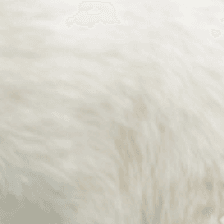

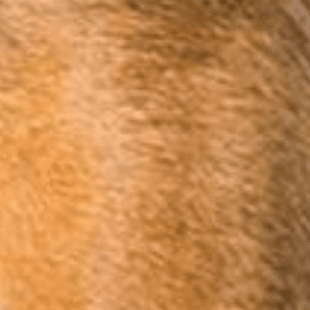
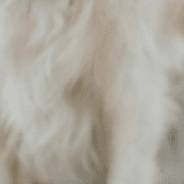
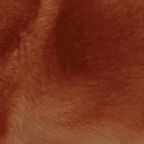
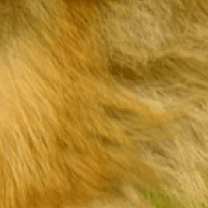
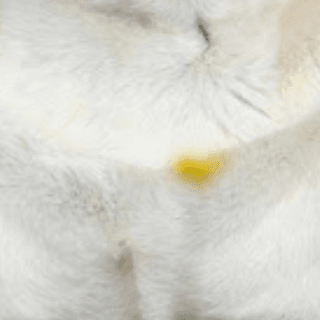
Other large dogs
Useful Articles
You can find articles that might interest you in the dogbible blog to match your favorite breed.
Visit our magazineto stay up to date on dog trends.
To find out more, view our Privacy Policy
Find here the breed that suits you and find out what character traits it has. Here you can also learn more about the origin, size and weight of your favorite breeds.
Matching your favorite breed, you'll find articles that might interest you on the dogbible dog blog.
Dog kennel: building, buying, advantages, tips
Why your dog should sleep in your bed! Tips and reasons
How to become a professional dog trainer
